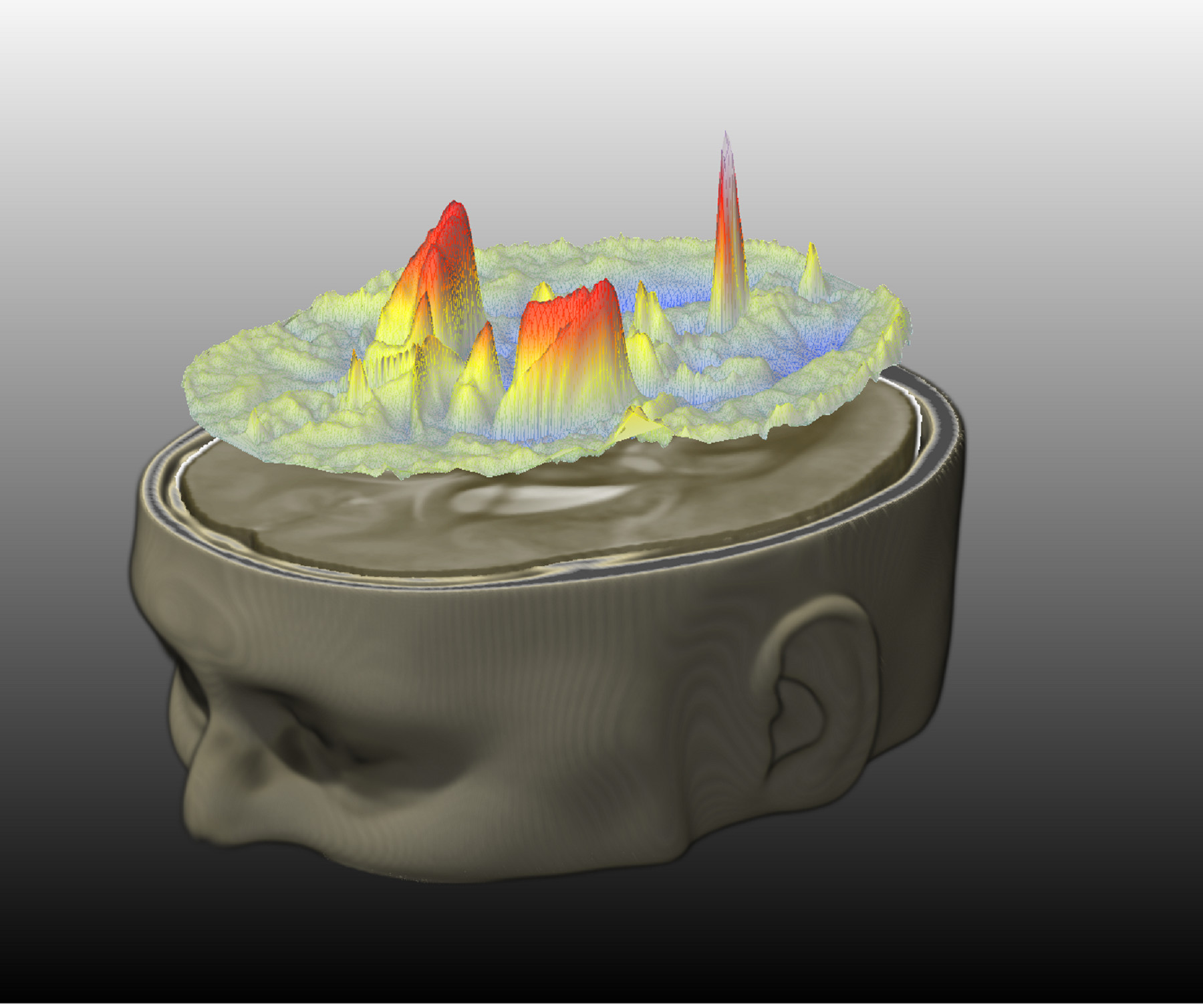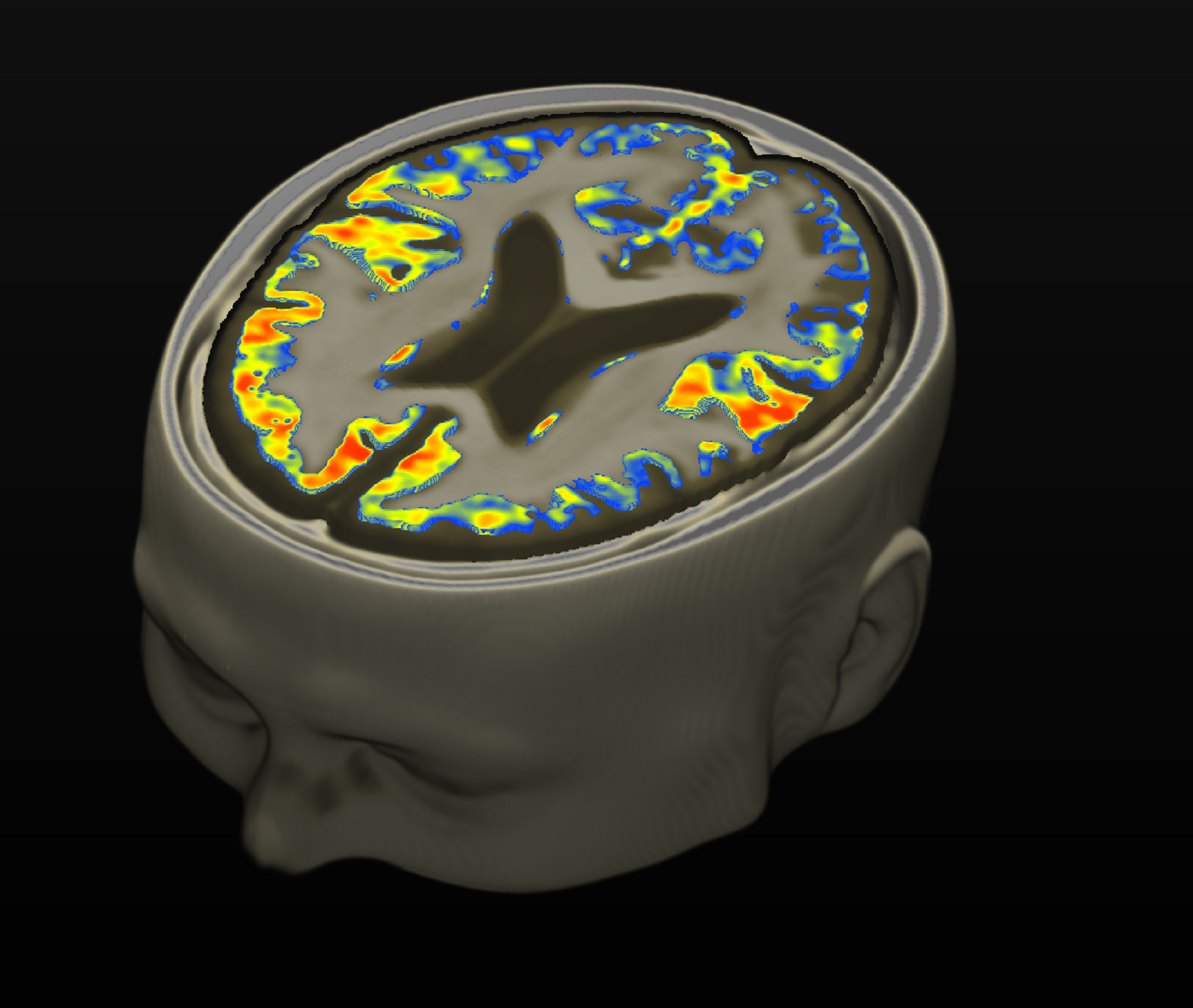
Health & Medicine
Exercising in middle age can save your memory later

The discovery that high iron levels in the brain can lead to the onset of the devastating disease may pave the way for a treatment
Published 25 July 2017
Cleaning out ‘rust’ from the brain could be a way to slow and even prevent the degenerative disease Alzheimer’s, according to new research that pinpoints iron as its so-far elusive potential driver.
Previous research has long linked Alzheimer’s to a build-up in amyloid protein fragments in the brain that are normally broken down in healthy brains. But efforts to treat Alzheimer’s by using drugs that reduce amyloid levels have so far failed, leading to speculation that something else is driving the disease.
New research from the Florey Institute of Neuroscience and Mental Health and the University of Melbourne has found that iron might be the culprit. Iron has a special property that allows it to exchange electrons, which is crucial in allowing our bodies to generate energy from oxygen and fuels such as sugars. But it can also damage neurons in the same way that iron metal rusts in the presence of oxygen.

The researchers used cutting edge magnetic resonance imaging techniques to measure iron levels in the brain. They found that people with high levels of iron in combination with high levels of amyloid were suffering rapid cognitive decline, but that people with high levels of amyloid but low levels of iron in the brain, were stable.
They are now going to carry out a five year trial to test whether an anti-iron drug can slow the progress of Alzheimer’s, in what would be a major breakthrough in finding a treatment.
“Given the data from our study, it seems reasonable to hypothesise that lowering iron in the brain would slow the progression of the disease, but we can only know that by testing it, which is what we are now going to do,” says lead researcher on the study Dr Scott Ayton, who is based at the Florey Institute and the University of Melbourne.
Dr Ayton cautions that the amount of iron in a person’s brain appears unrelated to their iron intake or iron levels in the blood. People therefore shouldn’t be cutting down on iron in response to these results. It also means that levels of iron in the blood aren’t an indicator of Alzheimer’s risk.

Health & Medicine
Exercising in middle age can save your memory later
“We don’t have any evidence that the amount of iron you eat, or the amount that is measured in your blood, has any impact on the amount of iron in your brain, so we are not recommending people change what they eat based on our research,” Dr Ayton says.
Indeed iron is important in generating energy, but Dr Ayton says it is also a double-edged sword as it can cause cell death, including the death of neuron cells in the brain. While iron and oxygen combine in the body to produce energy, the by-product is oxidative stress, which is similar to rust that deteriorates metal.
“The rusting you see on iron metal is the same rusting reaction that occurs in the brain,” Dr Ayton says.
“Iron and oxygen are very dangerous elements that biology has exploited to efficiently produce energy. But the characteristics that make iron such a useful element are the same that make it incredibly toxic.”
The hunt for an alternative driver of Alzheimer’s gained momentum when the same Florey Institute research group published a study in 2013 that found that among a group of participants aged over 70 with high levels of amyloid, about 30 per cent had no symptoms of dementia such as memory loss and falling cognitive function. Alzheimer’s disease is the leading cause of dementia.
“Amyloid build up is clearly important in Alzheimer’s. If you have high levels of amyloid in the brain then you are likely to get Alzheimer’s, but we just don’t know when. That’s why we hypothesise that another type of lesion in the brain is required for an individual to move from having the underlying pathology of the disease, i.e. amyloid build up, to the degenerative state of dementia,” explains Dr Ayton.

The research team was further encouraged to target iron after they found that high levels in brain fluid were correlated with symptoms of dementia. But it is only thanks to recent advances in magnetic resonance imaging (MRI) techniques that they have been able to monitor actual levels of iron in the brain.
With the help of scientists at the Commonwealth Scientific and Industrial Research Organisation, Dr Amir Fazlollahi and Dr Olivier Salvado, the research team was able to refine the Quantitative Susceptibility Mapping (QSM) MRI technique to image iron deposits in the brain.
They recruited 117 participants of whom 56 had elevated levels of amyloid as measured by PET scans (positron emission tomography). MRI techniques were then used to measure iron levels. Over a period of six years they tracked these people’s cognitive function. They found that elevated iron in combination with elevated amyloid was strongly correlated with rapid cognitive decline.

Health & Medicine
Racing the clock against dementia
The decline was further correlated with the location of the iron build up in the brain. A high level of iron in the hippocampus, which stores short-term memory, was correlated with memory decline. Similarly, high levels of iron in the temporal and frontal lobes, associated with language, were correlated with poor performance in language tasks.
The researchers now plan to test anti-iron drug Deferiprone on a cohort of Alzheimer’s patients. Deferiprone is known to reach the brain and there is early clinical evidence that it is effective in slowing Parkinson’s, a neurological disease that leads to movement disorders and is also associated with brain iron.
“These results for Deferiprone in Parkinson’s are what have really encouraged us to test the same drug on Alzheimer’s,” says Dr Ayton.
Senior researcher on the study and world-leading Alzheimer’s scientist Professor Ashley Bush says that if reducing brain iron is shown to be effective it could lead to a routine treatment for Alzheimer’s.
“If the trial results prove that low brain iron slows disease progression, we imagine a future where your GP sends you off for your 60-year health check, including a brain iron MRI scan, which is quick, cheap and painless,” says Professor Bush. “If you have high brain iron, then we would order an amyloid PET scan.
“Once we had those two measurements, we could predict the likely onset of Alzheimer’s and begin therapy to lower the iron, and delay disease onset.”
If you are over 65 and noticed that your memory is declining, or you are newly diagnosed with dementia, you can register your interest in being involved in the study at 3D@florey.edu.au. Eligible participants will be contacted when the study opens for enrolment later this year.
Banner image: Stylised version of a QSM image in which the red peaks represent the amount of iron in different regions of the average brain. Picture: Supplied